Cassandra is a distributed database management system designed to handle large amounts of data across many commodity servers. Like all other distributed database systems, it provides high availability with no single point of failure.
You may got some ideas from the description of above paragraph. Generally, when we talk Cassandra, we mean a Cassandra cluster, not a single PC. A node in a cluster is just a fully functional machine that is connected with other nodes in the cluster through high internal network. All nodes work together to make sure that even if one of them failed due to unexpected error, they as a whole cluster can provide service.
All nodes in a Cassandra cluster are same. There is no concept of Master node or slave nodes. There are multiple reason to design like this, and you can Google it for more details if you want.
Theoretically, you can have as many nodes as you want in a Cassandra cluster. For example, Apple used 75,000 nodes served Cassandra summit in 2014.
Of course you can try Cassandra with one machine. It still work while just one node in this cluster.
